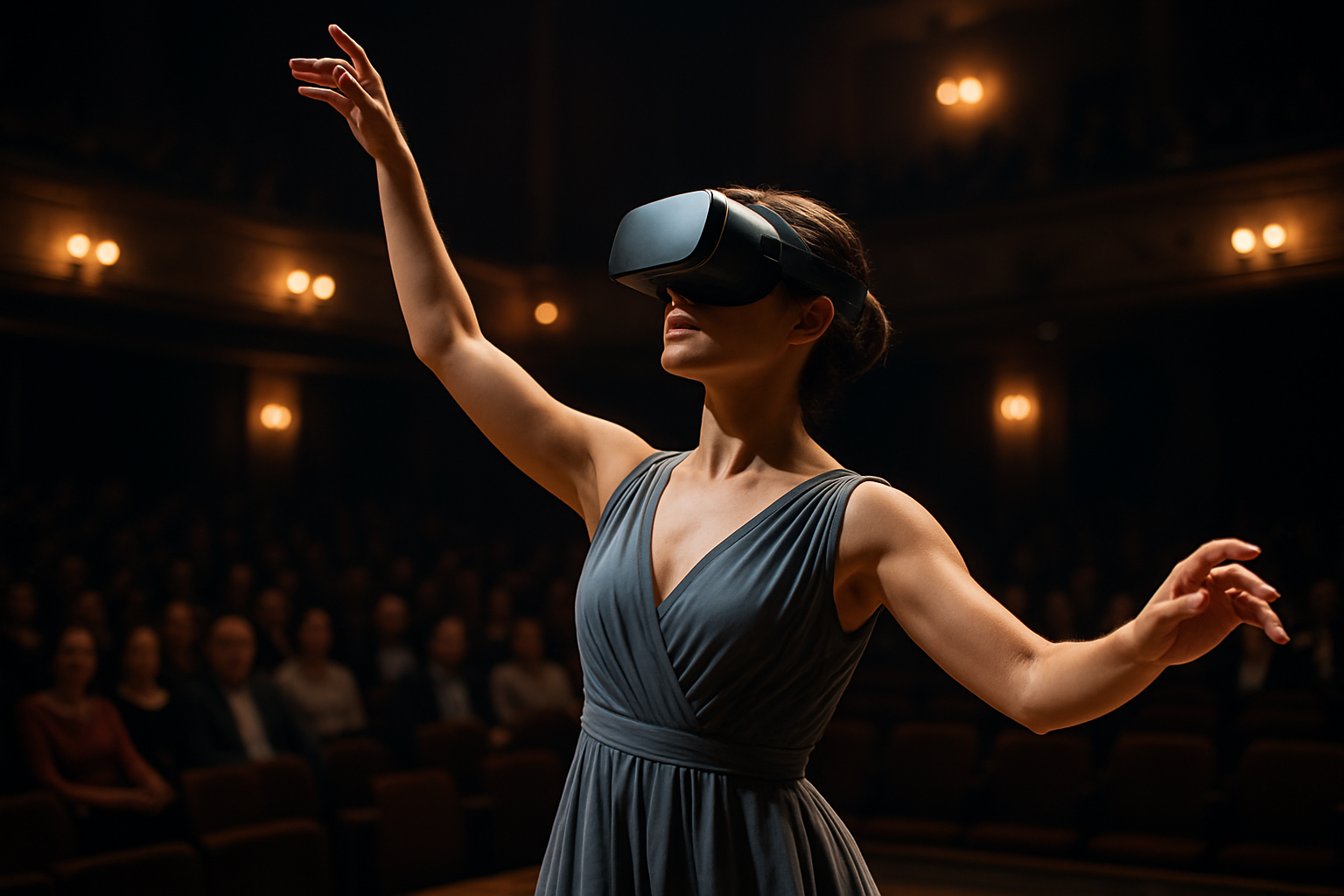The Resurgence of Avant-Garde Cinema in the Digital Age
In an era dominated by blockbusters and streaming platforms, a quiet revolution is taking place in the world of cinema. Avant-garde filmmaking, once confined to niche audiences and art house theaters, is experiencing a remarkable resurgence. This renaissance is fueled by digital technologies, online distribution channels, and a growing appetite for unconventional storytelling. As traditional boundaries blur, avant-garde cinema is finding new ways to challenge, inspire, and redefine the art of filmmaking.

The Digital Revolution and Its Impact
The advent of digital technology has dramatically transformed the landscape of avant-garde cinema. Low-cost digital cameras and editing software have democratized the filmmaking process, allowing aspiring auteurs to create experimental works without the need for substantial budgets or studio backing. This accessibility has led to an explosion of creativity, with filmmakers pushing the boundaries of visual storytelling in ways previously unimaginable.
Online Platforms and Global Reach
The internet has become a crucial platform for avant-garde filmmakers to showcase their work and connect with audiences worldwide. Platforms like Vimeo, YouTube, and specialized streaming services dedicated to experimental cinema have provided a global stage for these unconventional works. This expanded reach has not only increased visibility for avant-garde films but has also fostered a sense of community among filmmakers and enthusiasts, leading to collaborations and cross-pollination of ideas across borders.
Blurring Lines Between Avant-Garde and Mainstream
As avant-garde techniques gain more exposure, they are increasingly influencing mainstream cinema. Directors like Christopher Nolan, Darren Aronofsky, and Wes Anderson have incorporated experimental elements into their films, blurring the lines between avant-garde and commercial cinema. This cross-pollination has led to a more diverse and visually rich cinematic landscape, challenging audiences to engage with film in new and exciting ways.
Virtual Reality and Immersive Experiences
The emergence of virtual reality (VR) technology has opened up new frontiers for avant-garde filmmakers. VR allows for fully immersive experiences that challenge traditional notions of narrative and spectatorship. Avant-garde artists are at the forefront of exploring this medium, creating works that push the boundaries of perception and interaction. These immersive experiences are redefining what it means to watch a film, offering audiences a level of engagement and sensory stimulation previously unattainable.
The Role of Film Festivals and Curators
Film festivals and curators play a crucial role in the resurgence of avant-garde cinema. Events like the Sundance Film Festival, the International Film Festival Rotterdam, and the Ann Arbor Film Festival have dedicated sections to experimental works, providing a platform for avant-garde filmmakers to showcase their creations to discerning audiences. Curators and programmers are actively seeking out innovative and challenging films, helping to bring avant-garde cinema to wider audiences and fostering critical discourse around these works.
Challenges and Future Prospects
Despite its resurgence, avant-garde cinema still faces significant challenges. Funding remains a persistent issue, with many filmmakers relying on grants, crowdfunding, and personal resources to finance their projects. Additionally, the sheer volume of content available online can make it difficult for avant-garde works to stand out and find their audience. However, the passionate community surrounding experimental cinema and the continued interest from younger generations suggest a bright future for this art form.
Conclusion
The resurgence of avant-garde cinema in the digital age represents a fascinating evolution of an art form that has always pushed boundaries. As technology continues to advance and new platforms emerge, avant-garde filmmakers will undoubtedly find innovative ways to challenge our perceptions and expand the language of cinema. This renaissance not only enriches the world of film but also serves as a vital counterpoint to mainstream cinema, ensuring that the art form remains diverse, challenging, and ever-evolving. As audiences become more receptive to unconventional storytelling, the future of avant-garde cinema looks brighter than ever, promising to continue its role as a vanguard of artistic expression and cinematic innovation.




